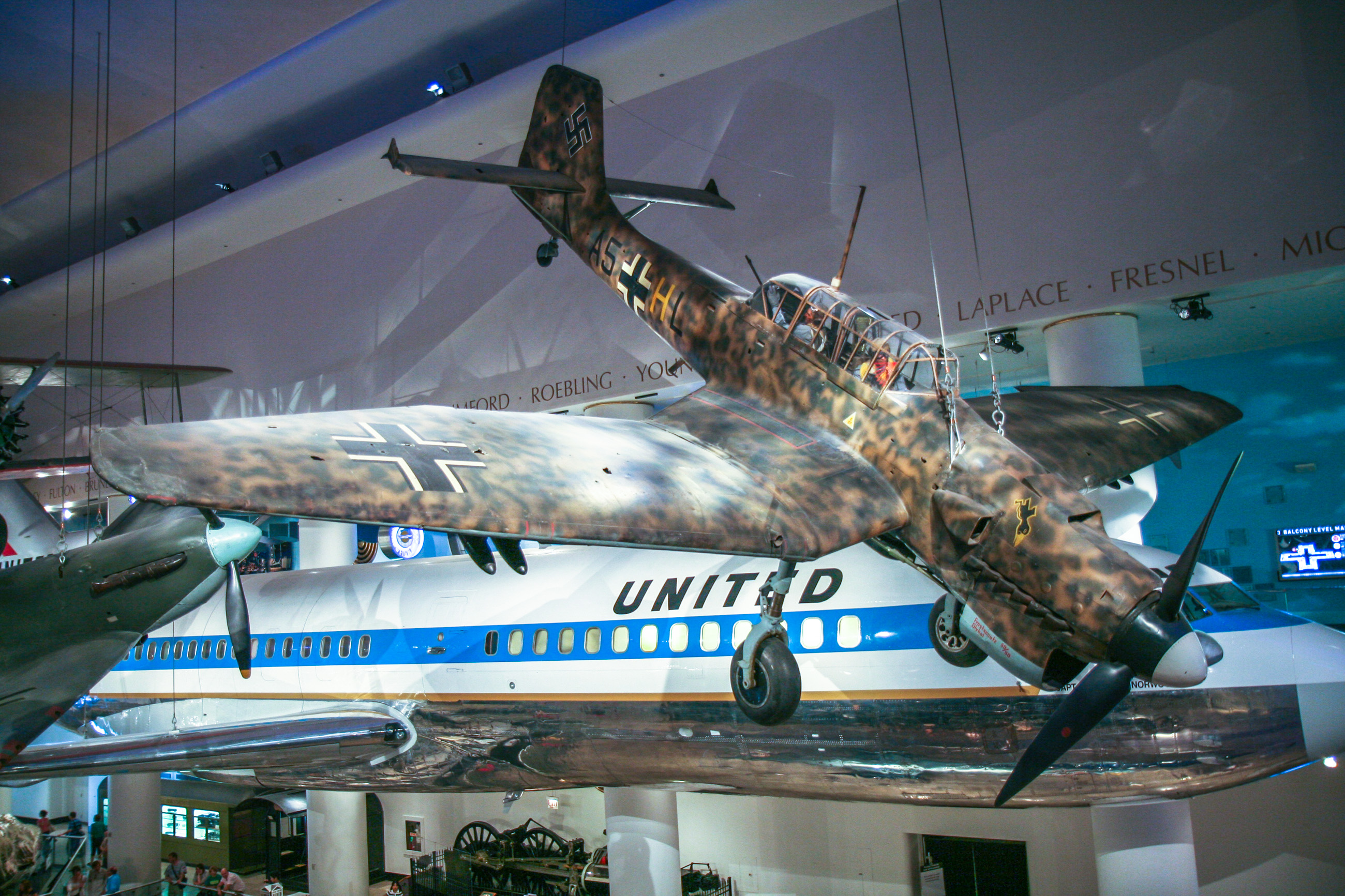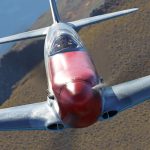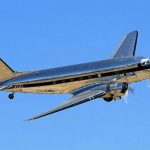
Chicago’s Museum of Science and Industry landed its Junkers Ju-87R-2 Stuka on their main floor this past Wednesday. The Stuka dive bomber, one of only two intact examples remaining in the world, has been at the museum since 1946. Every so often, the institution brings the plane down for a little cleaning and remedial work. Curator Kathleen McCarthy told ABC7 Chicago “We are lowering our World War II German Stuka plane to the museum floor where we can assess the condition and clean it as part of collection stewardship.”
Though the engine is no longer in the aircraft and on display in another gallery, the plane still weighs more than 6,000 pounds. The lowering crew started their work at 6 a.m. and had her down by 11 a.m. and article on DNAInfo stated. “It’s essentially in as-found condition,” said Mark Smith of Century Aviation which specializes in restoring and moving aircraft, “Its battle damage is still there.”
Junkers built over 6,500 of these dive bombers. This one, Wk.Nr.5954, ended up being shot up, like so many of the slow (but deadly accurate) dive bombers. Whether the aircraft was forced down by gunfire, or damaged on the ground is uncertain though. British troops captured the aircraft which lay abandoned on the battlefield in Libya during the desert war in North Africa during 1941. The British government transferred the Stuka to the US military during the war, and she ended up with the Museum of Science and Industry once they were finished with it. As most will know, the Stuka played a key role in the early days of the war during the Blitzkrieg invasion of most Europe. The sirens on its undercarriage legs let out a terrifying scream whenever the aircraft dived to drop its bombs, and these blood curdling sounds struck fear in the hearts of all in their path. This psychological element to the German invasions initially contributed to the seeming invincibility of the Nazi onslaught. It was very vulnerable to fighters though, and the RAF made mince meat of them during the Battle of Britain. That being said, it was a very powerful weapon on the Russian front as a tank buster with 37mm cannon strapped under the wings.
The Stuka has been lowered to the Museum floor for cleaning and an assessment. A team will also make measurements of the aircraft using a 3-D scanner. To protect the aircraft, the Stuka will remain on display to museum visitors, but not be directly accessible. This project is scheduled to end on February 23rd, but dates and visibility are subject to change.
For more information visit msichicago.org


















